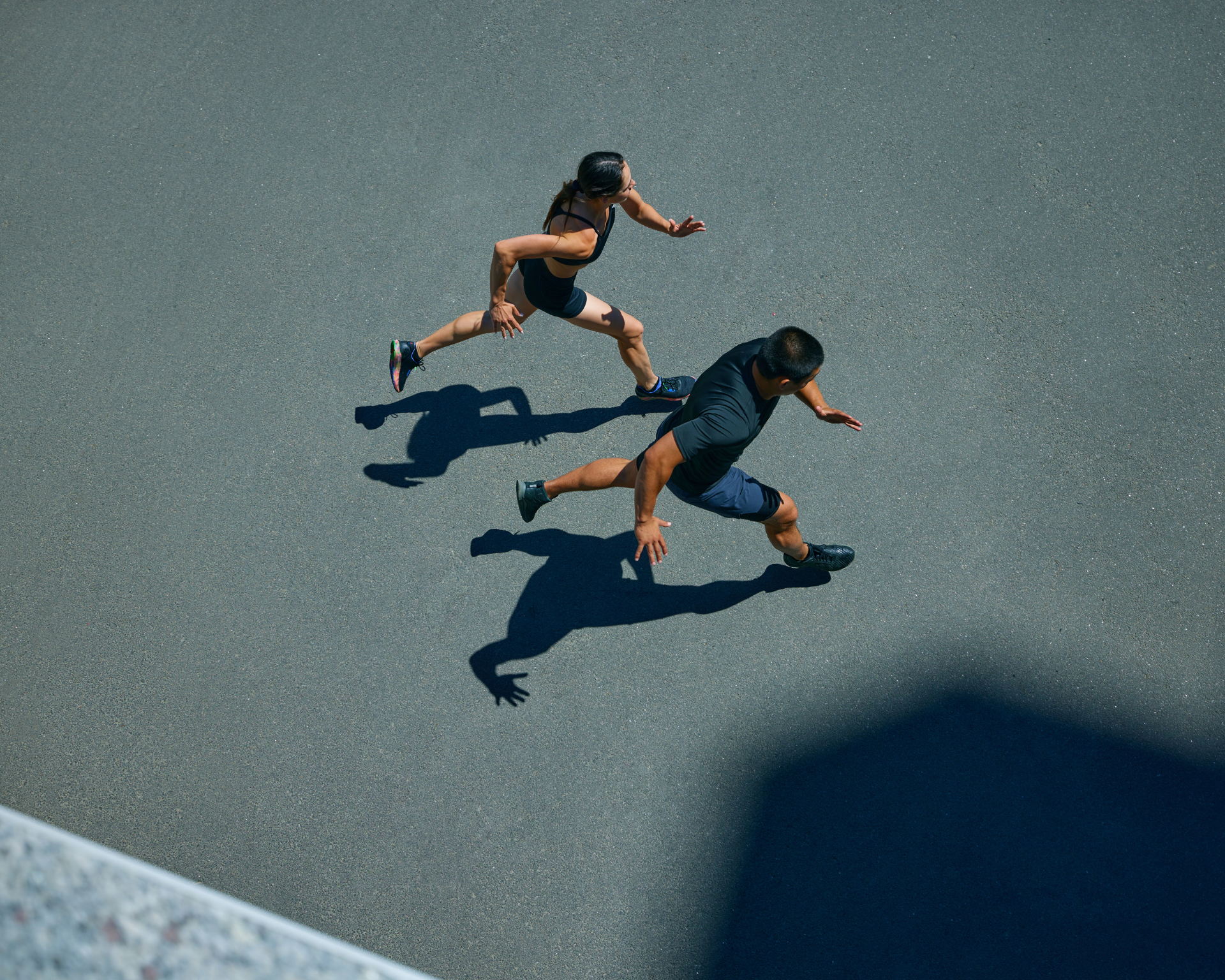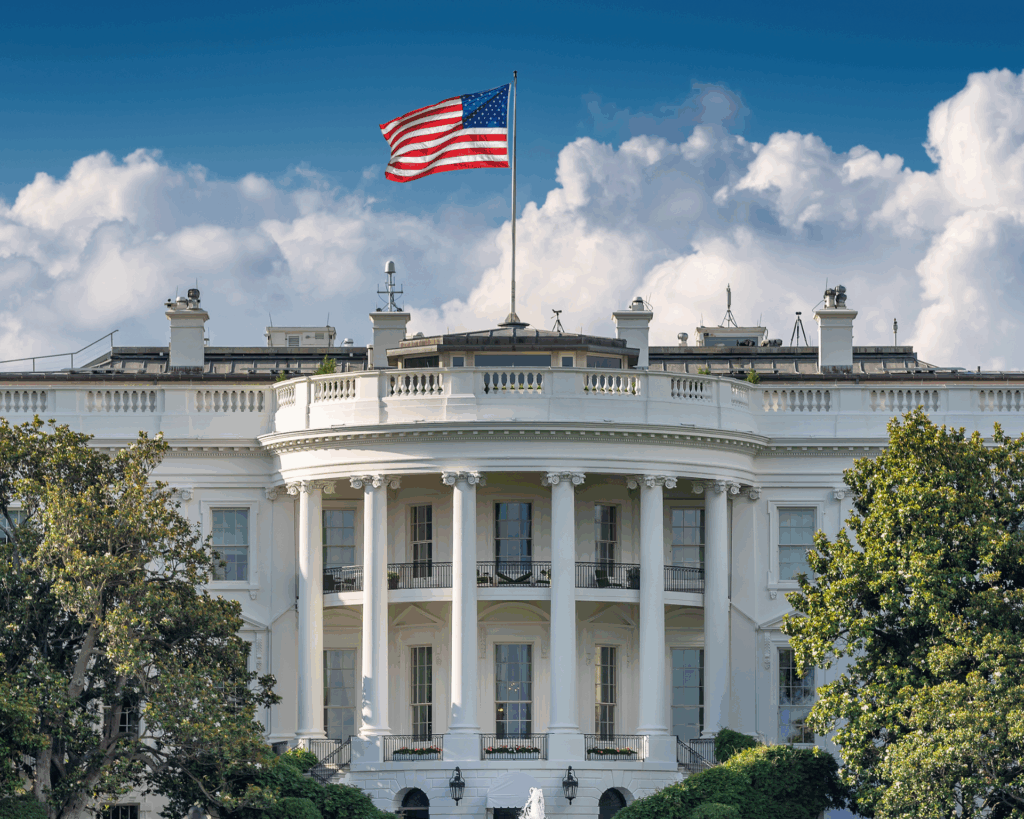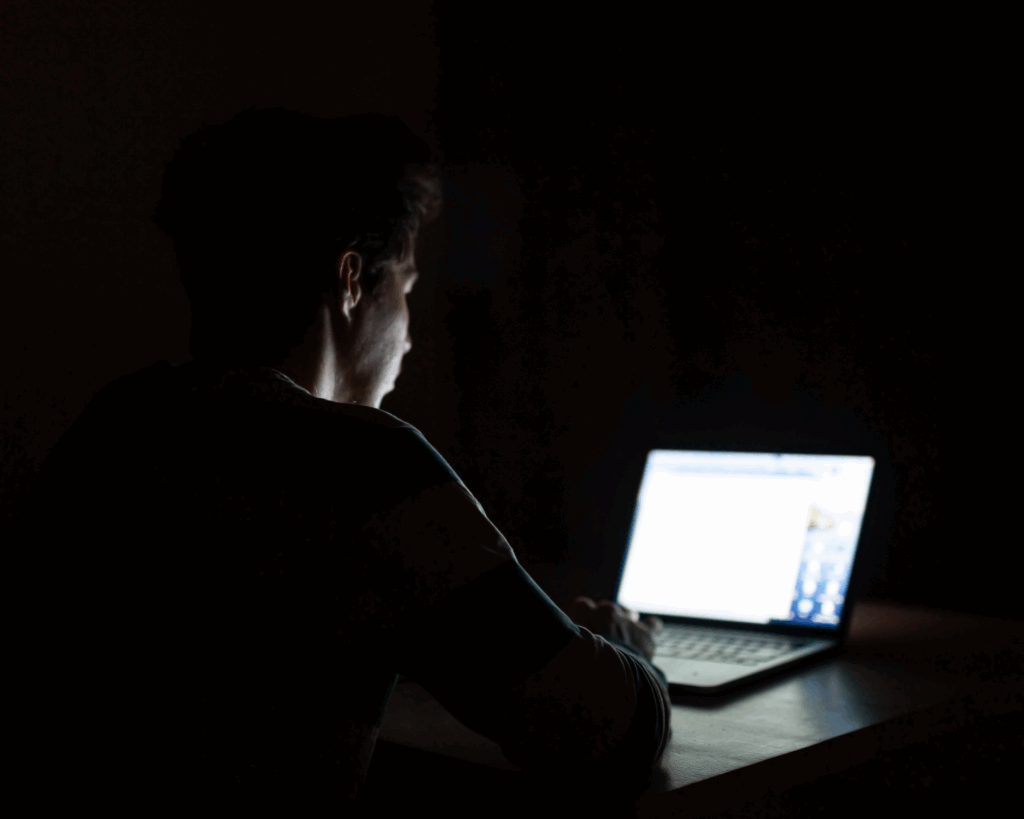Movement as Medicine: One Step at a Time
The instinct to move is human—we were built for it. And yet, in today's world, we spend most of our time being still.

Read Time: 6 minutes
Published:
Whenever someone asks what animal I’d be, my response is a peregrine falcon or a cheetah, the fastest bird in flight and the fastest land animal. Both are born to move with power, purpose, and grace. I love running, and when I hit my stride, it feels like I’m soaring, my breath syncing with each step and a quiet clarity that only comes when my body is in motion.
This instinct to move is human. We were built for it. The largest muscles in our bodies are in our legs, not by accident, but by design. And yet, in today’s world, we spend most of our time being still.
Built to Move
For most of human history, movement was not a choice but necessary to survive. Our ancestors walked miles each day to hunt, gather, and build or seek shelter. Staying alive required full-body effort, endurance, and agility. Today, we’ve engineered movement out of daily life. From desk jobs to digital entertainment, we’re more sedentary than ever.
The average American adult spends 6-8 hours per day sitting, and nearly 75% of U.S. adults and 80% of children fall short of national physical activity recommendations. According to the Centers for Disease Control and Prevention (CDC), adults should aim for at least 150 minutes of moderate-intensity aerobic activity (like brisk walking or biking) per week, along with muscle-strengthening exercises like lifting weights or yoga on two or more days. Children and teenagers need even more movement: at least one hour of physical activity every day that gets their hearts pumping and helps build strong muscles and bones. Even for those who meet recommended exercise guidelines, research shows that sitting for most of the day can reduce or even cancel out the health benefits of physical activity.
Our bodies pay the price for remaining still. This growing gap between how we evolved to live and how we actually live today fuels a wide range of health issues: obesity, heart disease, diabetes, high blood pressure, anxiety, depression, cognitive decline, certain types of cancer, and even premature death. When regular movement is missing from our lives, it disrupts the body’s core systems and functions, weakening the heart and muscles, impairing metabolism, increasing inflammation, disrupting sleep, dulling focus, and heightening stress—all of which drive chronic health concerns.
When movement happens in nature, its healing power multiplies.
Movement as Healing
Going back to the basics means viewing movement not just as an isolated gym session or workout class, but as a natural, low-intensity activity woven throughout daily life. We don’t need to be marathon runners or triathletes to feel the benefits. Active living like brisk walking, stretching, taking the stairs, or playing with our kids boosts blood flow, strengthens the immune system, reduces inflammation, and releases endorphins—natural mood-boosters that can ease depression and anxiety and improve sleep.
When movement happens in nature, its healing power multiplies. Studies show that being active outdoors, whether hiking, gardening, or walking through a park, reduces cortisol levels, decreases blood pressure, and boosts mental health. Nature reminds us that we’re part of the world around us, and that moving through it is restorative.
Moving Together
Movement also connects us. Whether through group dance classes, pickup basketball or pickleball, or walking with a friend, shared movement sparks joy, combats isolation, strengthens social bonds, and increases physical activity. In Okinawa, Japan (one of the world’s Blue Zones), elders form lifelong social groups called moais, where members walk, stretch, and care for each other through regular movement and mutual support. This type of communal physical activity has been linked to longer lives and stronger mental well-being. Such connection is essential at a time when loneliness is considered a public health epidemic, linked to higher risks of heart disease, stroke, and premature death. Moving with others reminds us that we belong.
When Movement isn’t an Easy Option
Not everyone has access to safe, welcoming spaces to move, or the time, resources, and scheduling flexibility to fit movement in amidst professional and personal responsibilities. In many neighborhoods, especially those with lower incomes or larger populations of color, systemic disinvestment has left parks, sidewalks, and public spaces lacking or unsafe, making active living harder. These barriers are compounded by safety concerns and social norms that can discourage movement for certain groups, like women, older adults, or people with disabilities.
How much (or little) we move today is also rooted in history and increasingly shaped by technology. Unlike many older cities in Europe and Asia, which were built for walking and communal life long before cars existed, much of the U.S. developed alongside the rise of the automobile. As a result, many American communities were designed for driving rather than walking or biking. Add in smartphones, tablets, and widespread Wi-Fi access, and it’s no surprise that we’re more sedentary than ever.
In a world that often pulls us toward passivity, moving can be a radical act of remembering who we are.
Intention Paired with Infrastructure
Reclaiming our right to move starts with simple steps: walking during a call, stretching after waking, or stepping outside for fresh air. It also means reimagining our surroundings by supporting planning and infrastructure that make walking, biking, and public transit safe and accessible; investing in local green spaces and trails; and creating community programs that invite us to move. Cultural relevance matters too. When movement reflects our personal interests, family or cultural traditions, or community values, whether it’s line dancing, salsa, or tai chi, it becomes more than just exercise. It becomes a meaningful expression of who we are.
A Path Forward
Policies and programs can support this return to movement. Investing in safe infrastructure for public transit, walking, and biking; creating Safe Routes to School programs; offering affordable or free community fitness programs; planting trees for shade, turning vacant lots into parks or trails; and renaturing urban areas—such as transforming highways into greenways or waterways, as seen in Seoul—are all ways to help make everyday movement a natural part of life again.
We were made to move. Our bodies know it. Our minds crave it. In a world that often pulls us toward passivity, moving can be a radical act of remembering who we are. So take that walk, stretch your arms, sway to music. Support safe sidewalks and parks, speak up at local meetings, and vote for policies that make movement part of everyday life for everyone. Bike, swim, or run if that’s your speed. We may not be as fast as a falcon or a cheetah, but we were made to move, too.
Next up in this series: Sleep as Medicine



